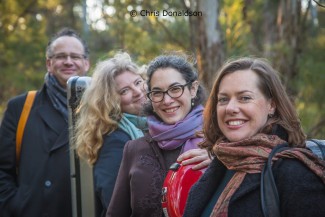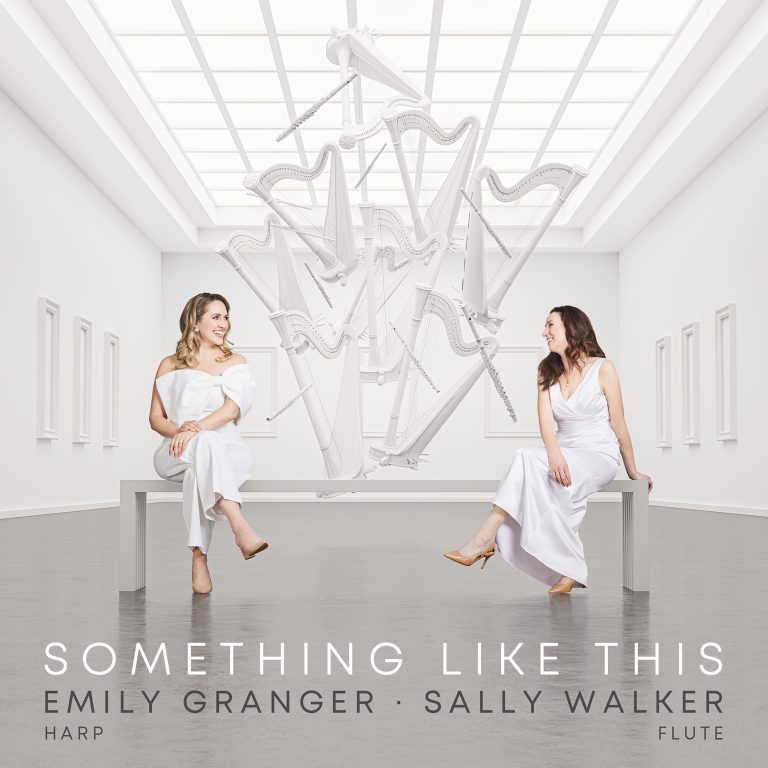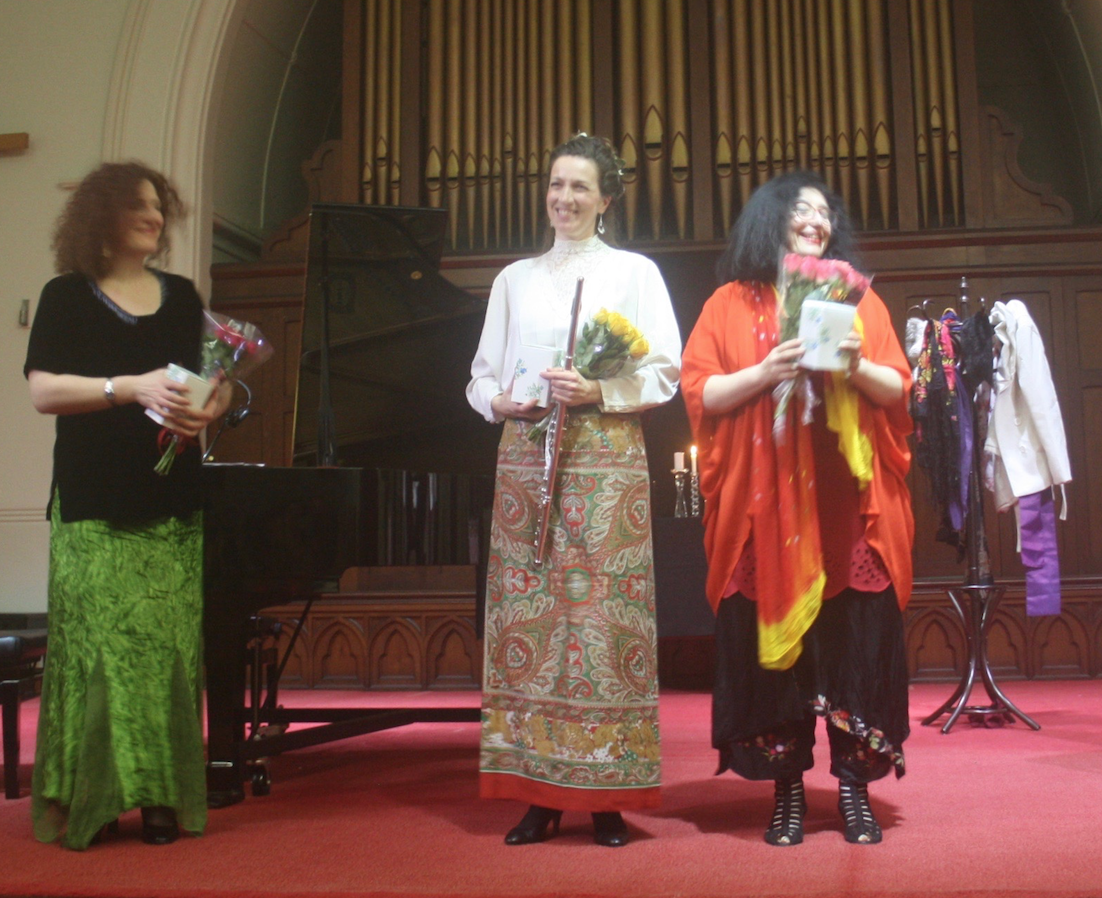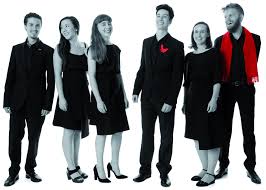Concert Review: Testament/ Acacia Quartet
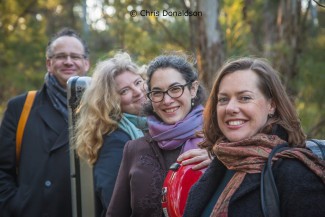
Testament, Acacia Quartet
19 May,2019
The Independent Theatre, North Sydney
Written by Ria Andriani
Acacia Quartet’s programme Testament, was a rich offering, from the ice-breaker Mozart, to Alice Chance, reflective Mansurian and luscious Debussy.
Mozart’s String Quartet in C major, K465, nicknamed ‘Dissonance’ offered a good introduction to the group’s character and musicality. Though considered dissonant in the context of its time, the writing was quite unremarkable by contemporary standards. Nevertheless, the ensemble worked to effectively maximise its musical tension. The consonant passages which took up most of the piece were executed with skill, though at times they could be a bit bolder in the delineation between soloistic lines and shared chords.
Alice Chance is a gift to the musical community of Sydney and this composition, titled Sundried String Quartet was no exception. Chance is an accomplished viol player and this was clearly in evidence in the variety of sound effects created in these two movements.
The first movement, Exposure embodies a drying out of harmony as moisture ferments and evaporates in sunlight. Starting with an incredibly delicate opening, the piece has Chance’s distinctive signature: a lush folk harmony and tune-turning motif. The texture became more sparing, with occasional sul ponti as the music became desiccated with a thinning texture which finally merged to unison. An organic fertilisation of the musical ideas was conveyed through the distinctly dissonant recapitulation.
The second movement, Dribble Castle, consisted of bursts of pizzicato for all. It depicts the building of a sand castle and the ensemble took to it like children on the beach. The cello added a sense of excitement by hitting chords as the piece gathered momentum. A sliver of melody from the bowed violin held the structure in the recapitulation. The ensemble was clearly having fun!
Tigran Mansurian’s Testament provided a contrast in the beginning of the second half of the programme. Written in 2004 as a tribute to ECM Records founder and producer Manfred Eicher, it was performed by the group with delicacy, feeling and skill. Mansurian used the whole tonal range available to the string quartet as the cello moved through the low notes and the violin played its high, keening octave leaps. Drawn from a rich Armenian tradition of medieval ecclesiastical chant and specific scalar systems, it offered a way to harness grief through music. The piece was stately in its simplicity.
The concert’s last offering, Debussy’s String Quartet in C minor op.10 was exuberant. Debussy’s famous harmonic legacy was abundant in a relished performance, as the ensemble passed the thread of melody to another, sometimes playing in duets, accompanying or simply as part of a chord.
The moment of catharsis happened during the third movement as the music became more muted. Retaining the shimmering quality expressed earlier, this was a big solo for the viola and its warmer tone quality was in full display, resembling a medieval tapestry with soft, yet still bright jewel colours. The mood changed again in the fourth movement as the violin took charge with its sensuous motif and the cello answered in a sure march down to its conclusion.
In its ninth year, the Acacia Quartet is a well-respected and much valued part of Sydney’s musical landscape. They are also well-beloved by their many audience who came to the concert.
Ria Andriani graduated with Bachelor of Music/ Bachelor of Arts from UNSW in 2015. She now sings as a soprano with various choirs in Sydney, and presents recitals in collaboration with other musicians. She is a choral scholar with the Choir of Christ Church St Laurence, Sydney. Follow Ria on ww.facebook.com/RiaAndrianiSoprano

